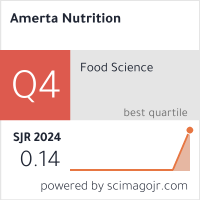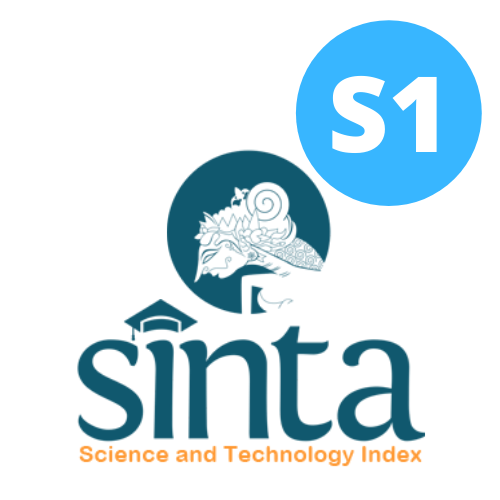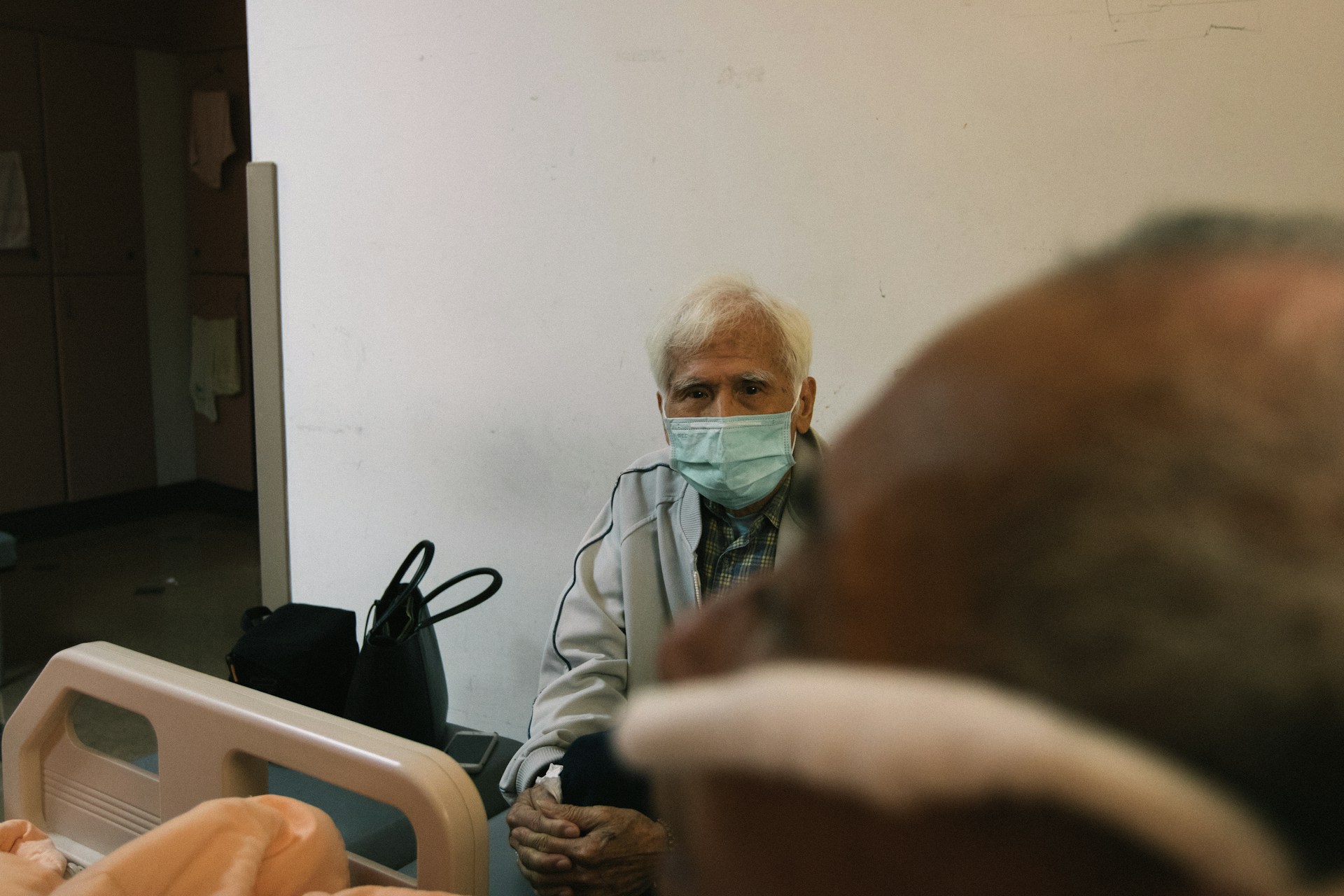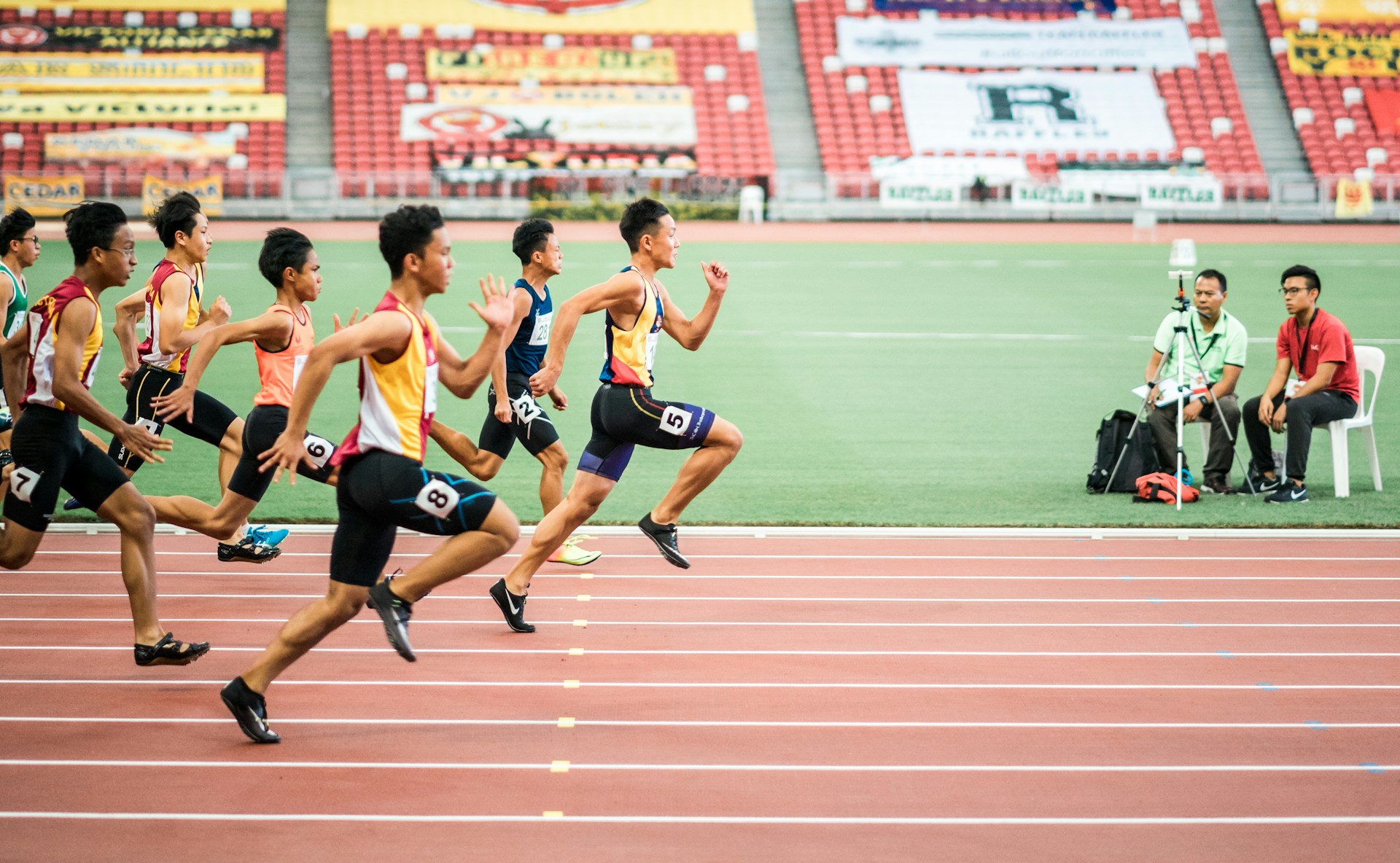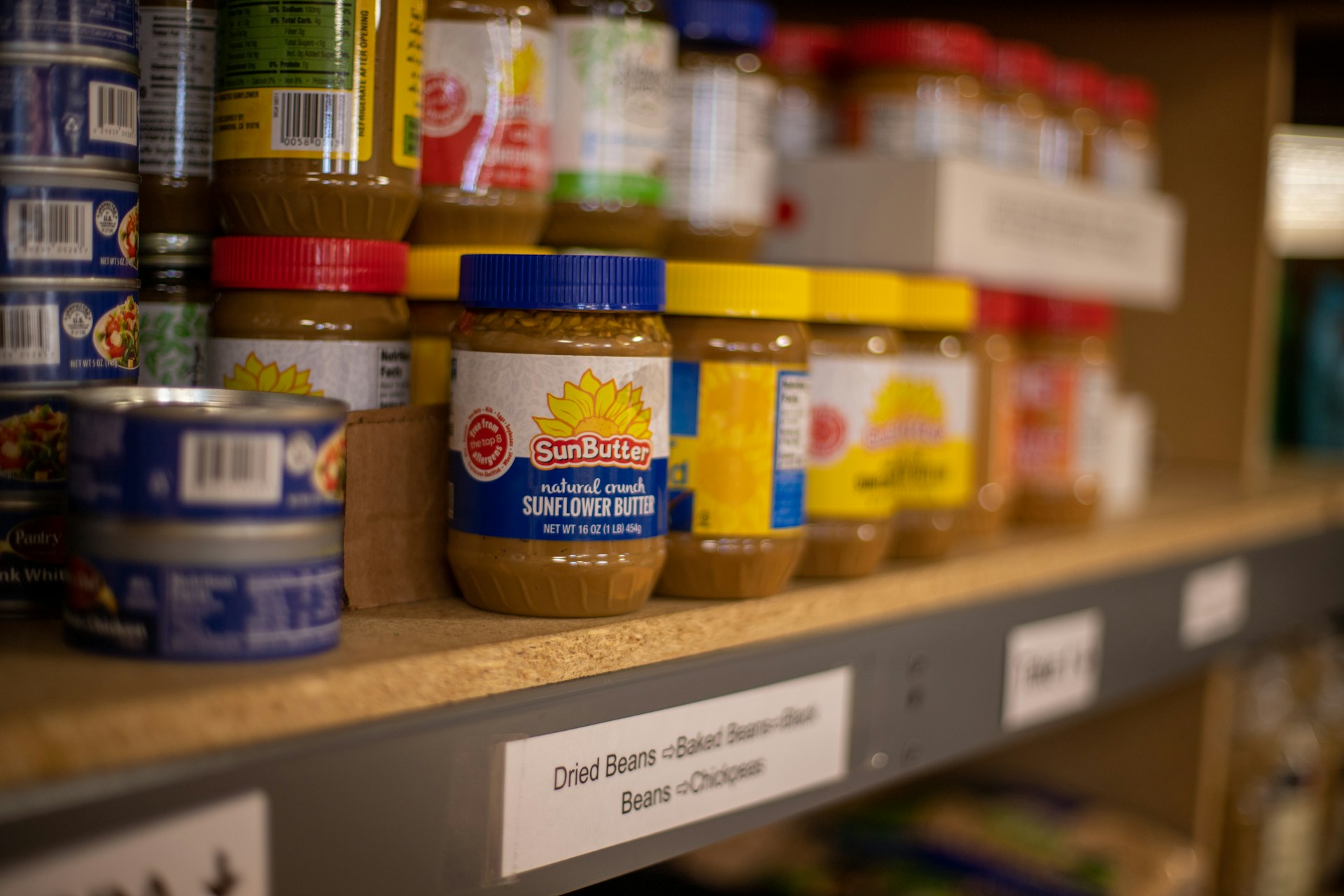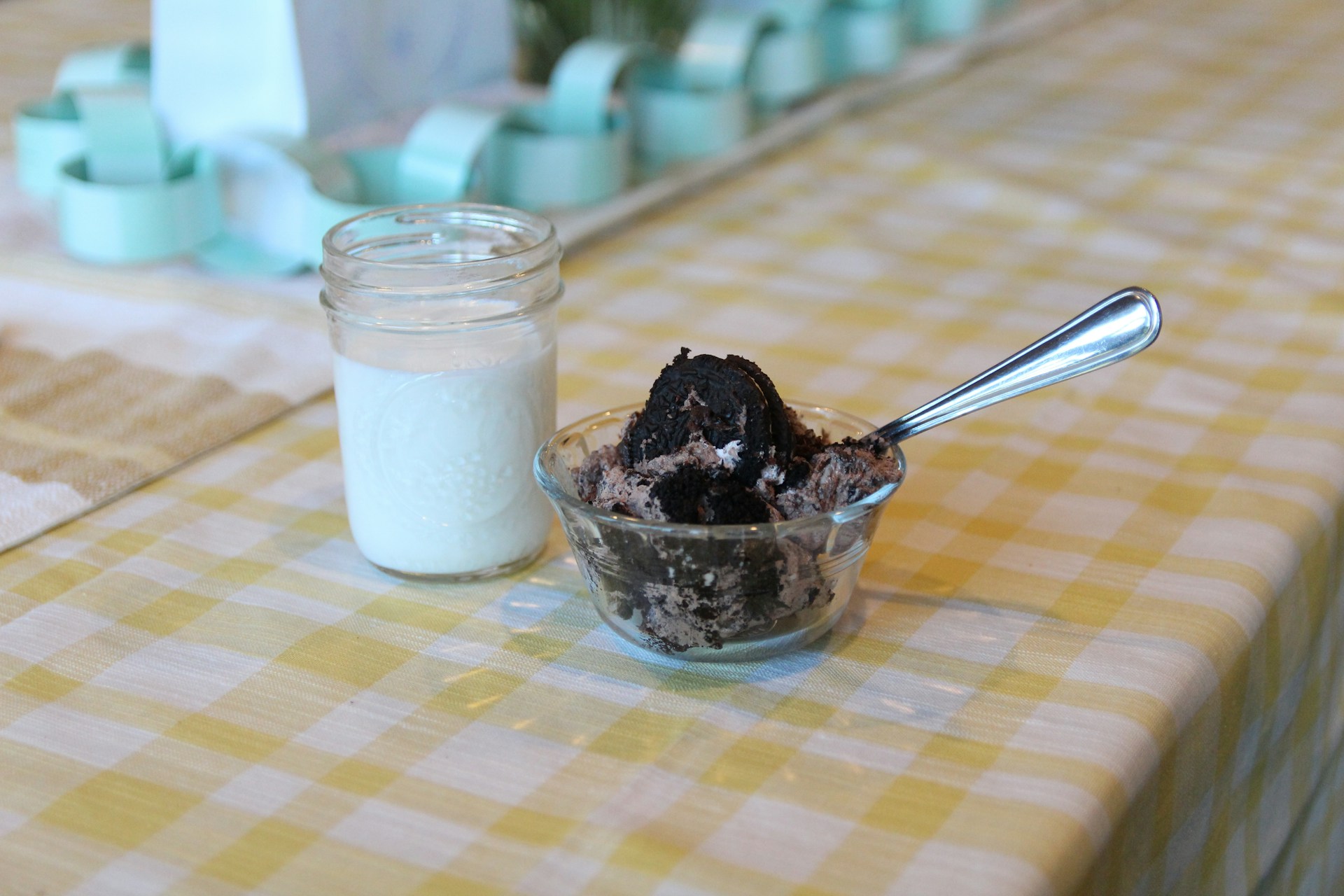Microbiological Properties, Dietary Fiber, and Nutritional Content of Fluidized Bed-Dried Local Legumes and Salak Yogurt Powder
Sifat Mikrobiologi, Serat Pangan, dan Kandungan Zat Gizi pada Bubuk Yogurt dari Kacang-Kacangan dan Salak Lokal yang Diproses melalui Fluidisasi

Background: A major challenge in producing yogurt powder (YP) is the need for drying technology that maintains probiotic viability. In Small-Medium Enterprises (SMEs), adoption of such technologies to extend shelf life remains limited. The Fluidized Bed Dryer (FBD) provides a relatively simple method for producing YP from local legumes and salak.
Objectives: To analyze the amount of Lactic Acid Bacteria (LAB), Dietary Fiber (DF), and Nutritional Content (NC) in local legumes and Salak Flour (SF) that is processed with a FBD.
Methods: An experimental design with four treatments was applied: Mungbean (MYP), Garut Redbean (RYP), Manonjaya Salak-Mungbean (MS-MYP), and Manonjaya Salak-Garut Redbean Yogurt Powder (MS-RYP). Parameters measured included microbiological properties, DF, and NC (total calories, calories from fat, ash, moisture, carbohydrate, fat, protein, sugar, cholesterol, sodium, zinc, iron, and calcium). Differences in NC were analyzed using the Kruskal-Wallis test.
Results: All YP samples contained LAB counts above the Indonesian National Standard (8 x 108 - 1 x 1010 cfu/g). DF content was higher in YP with added SF. Total ash, iron, and calcium were also higher in legume-based YP supplemented with SF, whereas sodium content was lower. Other nutrient levels were comparable between formulations with or without SF.
Conclusions: Local legume YP added with SF contains higher levels of LAB, DF, total ash, iron, and calcium than legume YP alone.
Sumarto, Radiati, A. & Nuraeni, I. Physical and Organoleptic Properties of Freeze-dried Local Beans and Salak Yogurt Powder. J. Trop. Life Sci. 13, 311-318 (2023). https://doi.org/10.11594/jtls.13.02.09.
B. Sunitha, J. Naga Bhavya, G. Arvind & Sk. Farzana, K. Anusha. Production of Powdered Yoghurt by Spray Drying. Int. J. Eng. Res. V5, 668-678 (2016). https://doi.org/10.17577/ijertv5is050791.
Dhakal, D., T. Younas, RP. Bhusal, L. Devkota, CJ. Henry, S. Dhital. Design Rules of Plant-Based Yoghurt-Mimic: Formulation, Functionality, Sensory Profile and Nutritional Value. Food Hydrocolloids, 142, September 2023, 108786. https://doi.org/10.1016/j.foodhyd.2023.108786.
Zhang, X., Z. Zhang, A. Shen, T. Zhang, L. Jiang, H. El-Seedi, G. Zhang, X. Sui. Legumes as an alternative protein source in plant-based foods: Applications, challenges, and strategies. . Current Research in Food Science, 9, 2024, 100876. . doi: 10.1016/j.crfs.2024.100876.
Cichońska, P. & M. Ziarno. Legumes and Legume-Based Beverages Fermented with Lactic Acid Bacteria as a Potential Carrier of Probiotics and Prebiotics. Microorganisms, 2021 Dec 31;10(1):91. doi: 10.3390/microorganisms10010091
Sumarto, S., Aprianty, D., Bachtiar, H. R. A. B. & Kristiana, L. Upaya Penyelamatan Salak Manonjaya, Tasikmalaya Melalui Pembuatan Tepung Sebagai Bahan Baku Produk Pangan Bernilai Gizi. in Seminar Nasional Membangun Ketahanan Pangan Melalui Pemberdayaan Komoditas Lokal 16-22 (Unpad Press, Bandung, 2016).
Senapati, A. et al. Fluidized Bed Drying of Food: A Review. e-planet 19, 25-30 (2021).
Podda, D., J. Palme, S. Das, M. Gaare, A. Nag, H. Singh. Effect of Fluidized Bed Drying, Matrix Constituents and Structure on the Viability of Probiotic Lactobacillus paracasei ATCC 55544 during Storage at 4 °C, 25 °C and 37 °C. Microorganisms 2022, 10(1), 74; https://doi.org/10.3390/microorganisms10010074
Dos Santos, G., Nogueira, R. I. & Rosenthal, A. Powdered Yoghurt Produced by Spray Drying and Freeze Drying: A Review. Brazilian J. Food Technol. 21, (2018).http://dx.doi.org/10.1590/1981-6723.12716
Irmawan, R. F. Kualitas Yoghurt Kacang Hijau dengan Variasi Penambahan Pisang Ambon sebagai Prebiotik. (Universitas Gadjah Mada, 2017).
Jensen, P. R., Hansen, A. M., & Clausen, S. D. Viability of Probiotics in Yogurt Powders Produced Using Fluidized Bed Drying. Food Science and Technology International, 26(8), 678-685 (2020).
Karabulut G, Goksen G, Mousavi Khaneghah A. Plant-Based Protein Modification Strategies towards Challenges. J Agric Food Res [Internet]. 2024;15(January):101017. Available from: https://doi.org/10.1016/j.jafr.2024.101017
Sharma, T., Bansal, V., & Singh, A. (2019). "Retention of Nutritional and Functional Properties in Yogurt Powder Dried Using Fluidized Bed Technology." International Dairy Journal, 98, 95-102
Badan Standardisasi Nasional Indonesia. Standar Nasional Indonesia 2981:2009 Yogurt. (2009).
Al Faruq A, Farahnaky A, Torley PJ, Buckow R, Eri R, Majzoobi M. Sustainable Approaches to Boost Soluble Dietary Fibre in Foods: A path to Healthier Foods. Food Hydrocoll [Internet]. 2025;162(September 2024):110880. Available from: https://doi.org/10.1016/j.foodhyd.2024.110880
Pratiwi, I. S. E., Darusman, F., Shalannandia, W. A. & Lantika, U. A. Review: Peranan Probiotik dalam Yogurt sebagai Pangan Fungsional terhadap Kesehatan Manusia. Pros. Farm. 6, 1119-1124 (2020).
Sari, S. M., Ningsih, A. W., Anwaril, F. & Nurrosyidah, I. H. Characterstic and Inhibitory Activity of Green and Red Beans Yoghurt Enriched With Honey Against Methicillin-Resistant Staphylococcus Aureus. Berk. Ilm. Kim. Farm. 8, 20 (2021). https://doi.org/10.20473/bikfar.v8i1.31208
Sanders, M. E. Probiotics in Human Health. Journal of Nutrition, 140(3), 355-361 (2010).
Mayta-Tovalino F, Maguiña-Quispe J, Barja-Ore J, Hernandez A V. Efficacy of Probiotic Consumption on Oral Outcomes in Children and/or Adolescents: A Meta-Analysis. Int Dent J. 2024;4. doi: 10.1016/j.identj.2024.06.013.
Zhao X, Liu S, Li S, Jiang W, Wang J, Xiao J, et al. Unlocking The Power of Postbiotics: A Revolutionary Approach to Nutrition for Humans and Animals. Cell Metab [Internet]. 2024;36(4):725-44. Available from: https://doi.org/10.1016/j.cmet.2024.03.004
Wang, Y., Zhang, S., & Li, J. Effect of Fruit Addition on the Nutritional Composition of Yogurt Powders. Journal of Food Science and Technology, 55(6), 2357-2365 (2018).
Singh, J., Patel, R., & Kumar, N. Legume-Based Functional Foods: Nutritional Properties and Health Benefits. Journal of Plant-Based Foods, 8(4), 216-225 (2020).
Le DT, Kumar G, Williamson G, Devkota L, Dhital S. (Poly)phenols and Dietary Fiber in Beans: Metabolism and Nutritional Impact in The Gastrointestinal Tract. Food Hydrocoll [Internet]. 2024;156(June):110350. Available from: https://doi.org/10.1016/j.foodhyd.2024.110350
Kumar, A., & Patel, D. Energy Efficiency in Fluidized Bed Dryers for Yogurt Powder Production. Journal of Sustainable Food Systems, 18(3), 77-89 (2022).
Bansal, T., Chawla, R., & Sharma, S. Nutritional Value of Legume-Based Yogurt Powders. International Journal of Food Science and Nutrition, 70(3), 145-152 (2019).
Hazlett, R., C. Schmidmeier, JA. O’Mahony. Approaches for Improving the Flowability of High-protein Dairy Powders Post Spray Drying – A Review. Powder Technology 2021;388:26-40. DOI: 10.1016/j.powtec.2021.03.021
Lundquist H, Hess J, Comeau M, Slavin J. Cow Milk is An Important Source of Iodine for Prenatal Health, and Switching to Plant-Based Milk Can Lead to Iodine Insufficiencies. JDS Commun [Internet]. 2024;5(3):181-4. Available from: http://dx.doi.org/10.3168/jdsc.2023-0424
Khayatan D, Nouri K, Momtaz S, Roufogalis BD, Alidadi M, Jamialahmadi T, et al. Plant-Derived Fermented Products: An Interesting Concept for Human Health. Curr Dev Nutr [Internet]. 2024;8(5):102162. Available from: https://doi.org/10.1016/j.cdnut.2024.102162
Balasubramanian R, Schneider E, Gunnigle E, Cotter PD, Cryan JF. Fermented foods: Harnessing Their Potential to Modulate The Microbiota-Gut-Brain Axis for Mental Health. Neurosci Biobehav Rev [Internet]. 2024;158(January):105562. Available from: https://doi.org/10.1016/j.neubiorev.2024.105562
Rowaiye A, Ibeanu GC, Bur D, Nnadi S, Mgbeke OE, Morikwe U. Gut Microbiota Alteration - Cancer Relationships and Synbiotic Roles in Cancer Therapies. The Microbe [Internet]. 2024;4(May):100096. Available from: https://doi.org/10.1016/j.microb.2024.100096
Fadhilah J, Zariyah H, Pramono A, Purnomo HD, Syauqy A, Afifah DN, et al. Effect of Synbiotic Supplementation on Liver Function, Metabolic Profile and Gut Microbiota in Non-Alcoholic Fatty Liver Disease (NAFLD): A Meta-Analysis of Randomized Controlled Trials. Clin Nutr Open Sci. 2024;56:128-51. DOI:10.1016/j.nutos.2024.05.014
Copyright (c) 2025 Amerta Nutrition

This work is licensed under a Creative Commons Attribution-ShareAlike 4.0 International License.
AMERTA NUTR by Unair is licensed under a Creative Commons Attribution-ShareAlike 4.0 International License.
1. The journal allows the author to hold the copyright of the article without restrictions.
2. The journal allows the author(s) to retain publishing rights without restrictions
3. The legal formal aspect of journal publication accessibility refers to Creative Commons Attribution Share-Alike (CC BY-SA).
4. The Creative Commons Attribution Share-Alike (CC BY-SA) license allows re-distribution and re-use of a licensed work on the conditions that the creator is appropriately credited and that any derivative work is made available under "the same, similar or a compatible license”. Other than the conditions mentioned above, the editorial board is not responsible for copyright violation.






